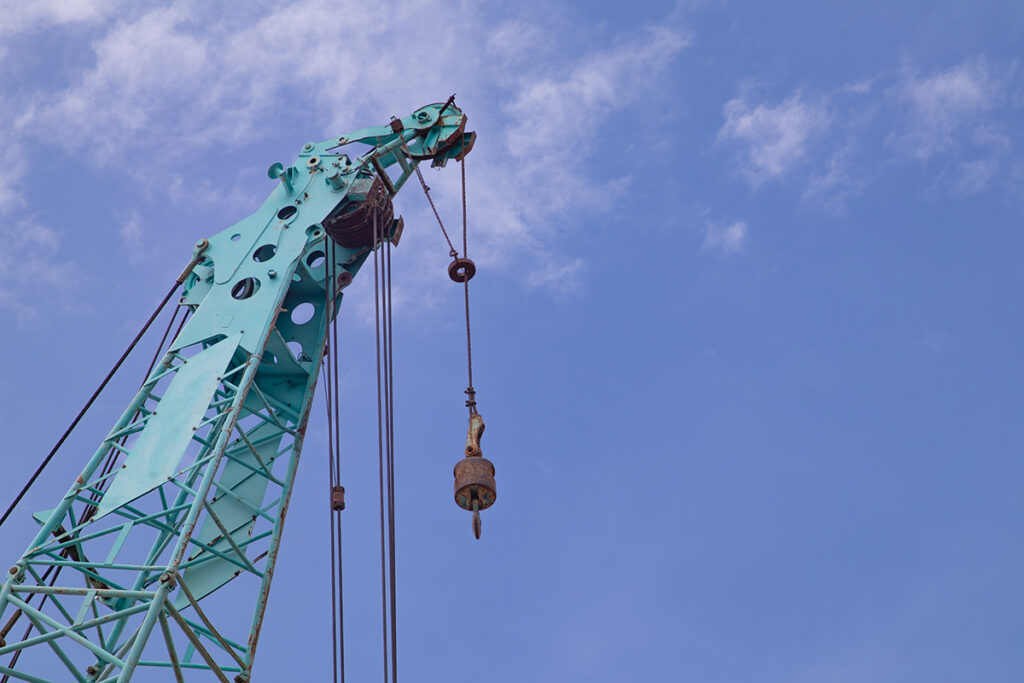The construction industry has reached a new pinnacle with the introduction of the SGC-250, popularly known as “Big Carl.” Owned by the Belgian company Sarens, this groundbreaking machine is now the world’s largest land-based crane, surpassing the capabilities of traditional lifting equipment in both scale and performance.
When fully extended, Big Carl soars to an extraordinary height of 250 meters (820 feet), rivaling some of the tallest skyscrapers. Its lifting power is equally jaw-dropping, capable of handling up to 5,000 tonnes—the equivalent weight of about 1,000 standard cars. This incredible feat is made possible by 12 state-of-the-art engines working in sync, delivering unmatched strength and precision.
What sets Big Carl apart isn’t just its size but its versatility. With a 360-degree rotation and an impressive 100-meter (330-foot) reach, the crane operates on a specialized track system supported by wheels. This innovative design enables limited movement across construction sites despite its massive dimensions, making it adaptable to various heavy-lifting needs.
However, Big Carl isn’t intended for everyday construction tasks. Its true value lies in its ability to handle massive pre-assembled modules, designed for use in specialized environments. One of its most notable achievements was in 2022 at the Hinkley Point C nuclear power station in the UK. There, the crane flawlessly lifted and positioned a 304-tonne steel liner ring onto a reactor, showcasing its pivotal role in modern infrastructure projects.
The increasing trend of modular construction has been instrumental in the development of cranes like Big Carl. Instead of assembling structures piece by piece on-site, more projects now rely on pre-assembled components built in controlled environments. These oversized modules demand equipment capable of handling extreme loads—a challenge Big Carl was designed to meet. Sarens engineered this behemoth to cater to the growing demands of this construction approach, demonstrating a keen understanding of industry evolution.
While Big Carl reigns as the largest land-based crane, it is not the largest crane overall. That distinction belongs to Sleipnir, a semi-submersible crane vessel from the Netherlands. Sleipnir features twin cranes capable of lifting up to 10,000 tonnes each, primarily used in offshore oil and gas operations.
Even so, Big Carl remains a marvel of engineering and innovation. As the leading land-based crane, it symbolizes a shift toward more efficient construction practices, particularly in the modular building sector. Whether utilized in nuclear plants or other large-scale projects, Big Carl continues to expand the boundaries of what’s possible in heavy lifting, cementing its status as a cornerstone of modern construction advancements.


